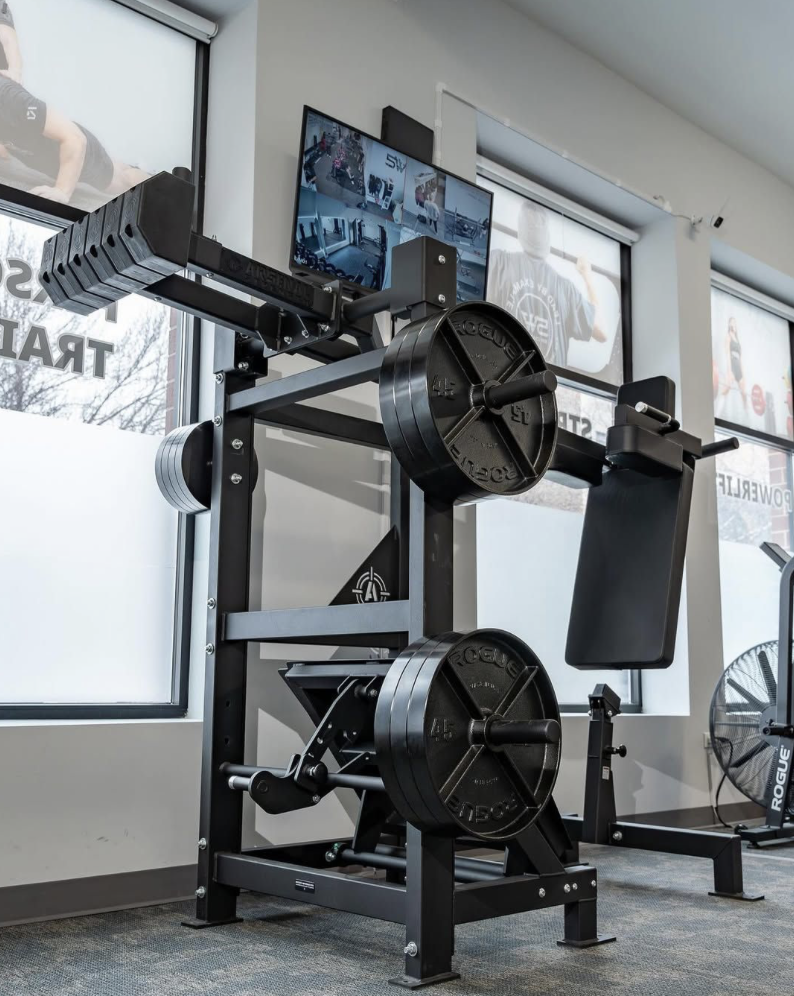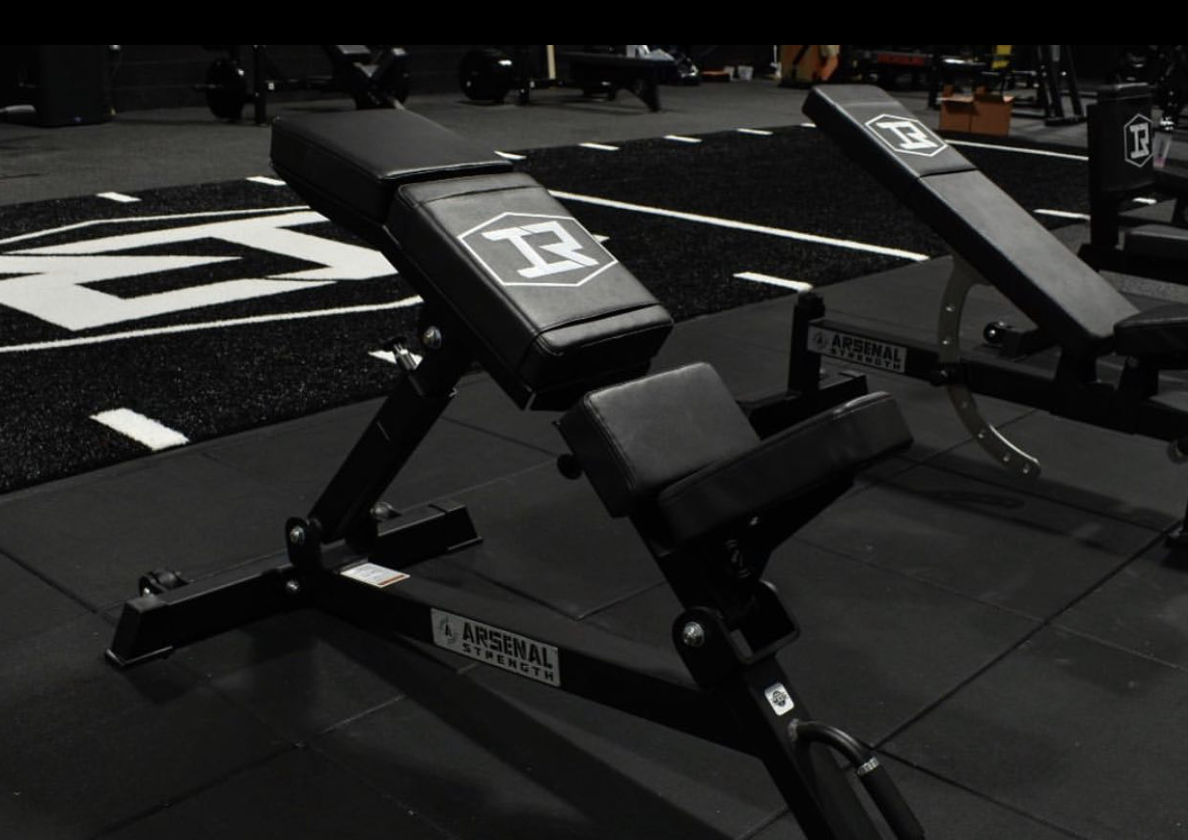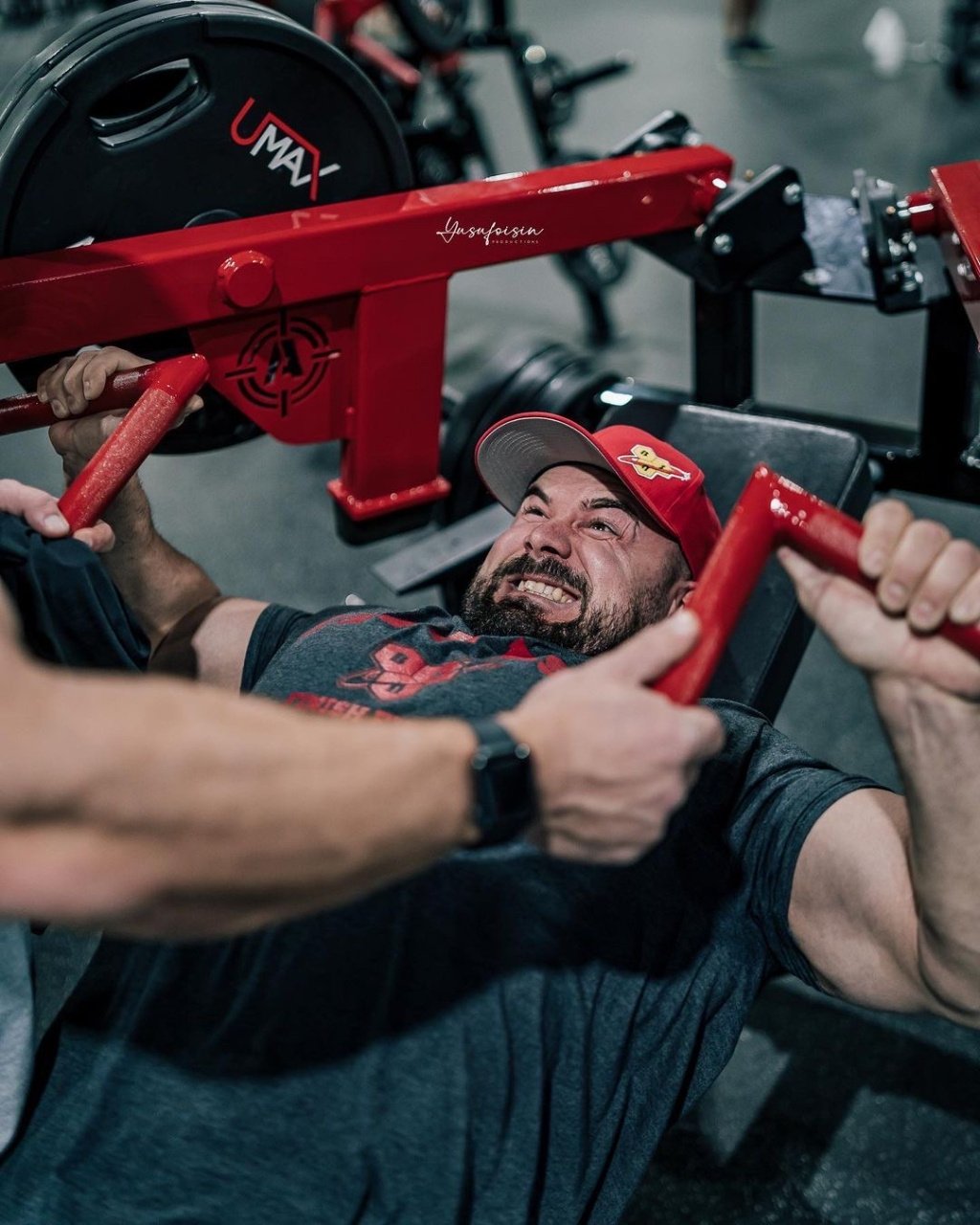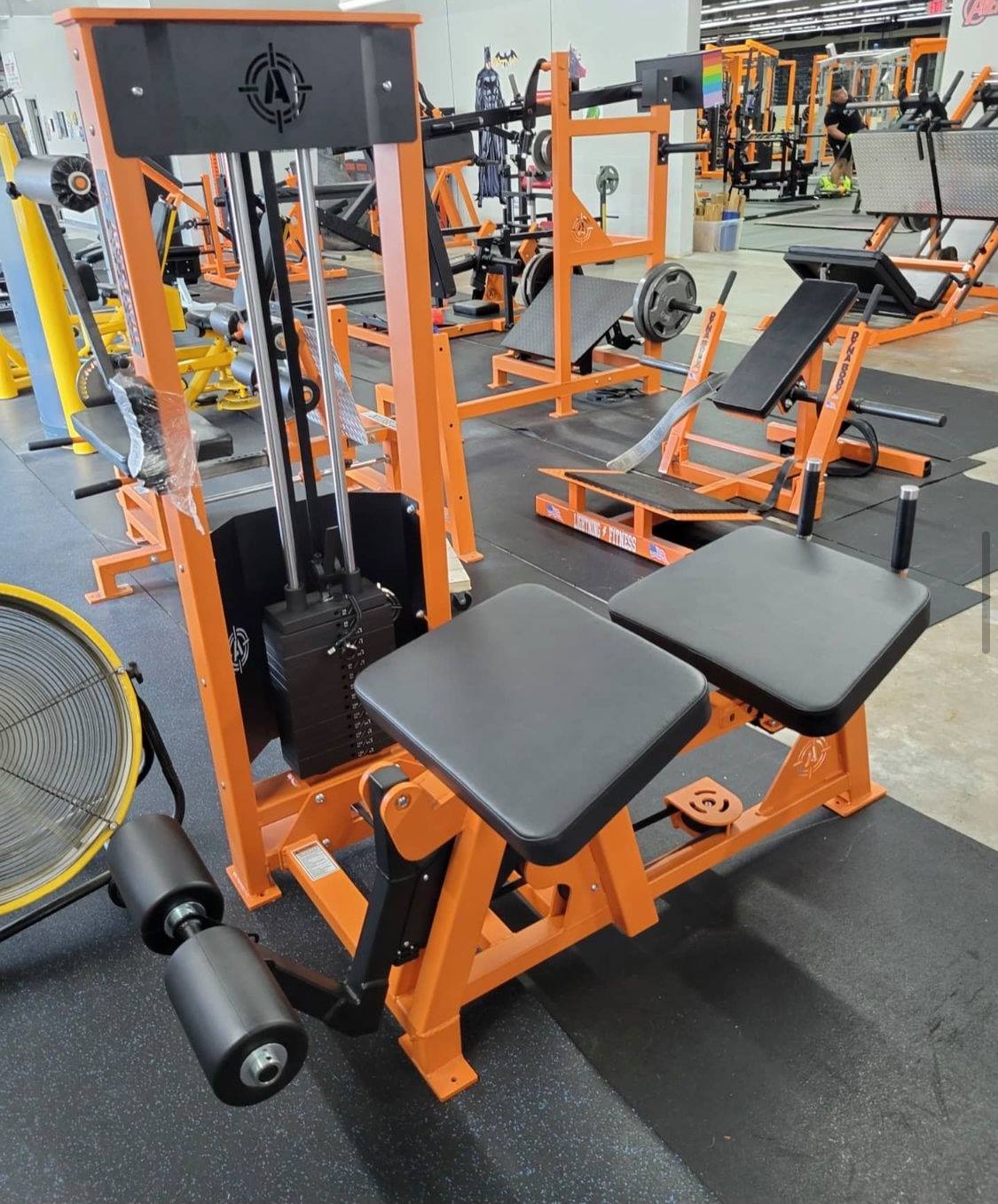Transform Your Lower Body with the Pendulum Squat: A Complete Guide
Transform your lower body with the Pendulum Squat. Discover proper techniques, benefits, and tips to enhance your workout. Read more for a stronger you!
Top Pendulum Squat Exercises for Building Lower Body Strength
The pendulum squat is a unique and effective lower body exercise. Unlike traditional squats, it uses a swinging motion to engage multiple muscle groups, enhancing balance and strength. In this article, we’ll explore what pendulum squats involve, their benefits, and how you can perform them correctly to improve your fitness routine.
Key Takeaways
- Pendulum squats use a swinging motion to engage multiple lower body muscles, enhancing balance and coordination.
- They are particularly effective for targeting the quadriceps while minimizing strain on the lower back and knees, making them suitable for individuals with previous injuries.
- Incorporate pendulum squats 2-3 times a week, combining them with variations and a proper warm-up and cool-down for optimal results.
Understanding the Pendulum Squat

Pendulum squats are a unique form of lower body exercise that utilize a swinging motion to engage multiple muscles effectively. Unlike traditional squats, which rely solely on up-and-down movements, pendulum squats incorporate a forward and backward sway. This added dimension not only challenges your balance but also ensures a comprehensive workout for your lower body.
Imagine standing with your feet hip-width apart, ready to embark on this dynamic motion. As you hinge forward from your hips and initiate the squat, your torso moves in harmony with your legs, creating a fluid, pendulum-like movement. It’s an exercise that demands coordination, stability, and strength, making it a valuable addition to any fitness regimen.
When performing a pendulum squat, both the left leg and right leg play crucial roles. Your left foot might lead the motion, while your right leg provides balance, or vice versa. This balance and engagement of multiple body parts ensure that you’re working out more than just your legs — your core, hips, and even upper body get involved, making it a full-body challenge.
Benefits of Pendulum Squats

Pendulum squats offer many benefits, making it a standout choice among lower body exercises. First and foremost, they significantly enhance lower body muscles, leading to increased strength and muscle growth. The swinging motion of pendulum squats ensures that your muscles are engaged from different angles, promoting balanced development.
One of the standout advantages of pendulum squats is their ability to target the quadriceps while minimizing strain on the lower back and knees. This makes them an excellent choice for individuals who may have previous injuries or are looking to avoid potential strains from traditional squat movements. By focusing on the quads, pendulum squats help build powerful, resilient legs.
Additionally, regular lower body workouts, including pendulum squats, are crucial for maintaining healthy bone density as we age. Incorporating these exercises into your routine helps prevent bone-related issues and maintains a robust skeletal system. It’s a win-win for both muscle and bone health!
How to Perform a Pendulum Squat Correctly
Performing a pendulum squat correctly is essential to reap its full benefits and avoid potential injuries. Start by positioning your feet correctly; any misalignment can significantly decrease the effectiveness of the exercise. Place your right foot and left foot hip-width apart to create a stable foundation. As you initiate the swing, ensure that your feet remain flat on the ground to maintain balance.
Engaging your core is another critical aspect. Keeping your core muscles tight prevents improper movement and back strain. As you hinge forward and descend into the squat, your torso should move fluidly with your legs straight, maintaining a straight line from your head to your hips. This alignment not only protects your spine but also maximizes muscle activation.
Depth is key in pendulum squats. A deep squat fully activates your lower body muscles. Aim to lower your body until your thighs are parallel to the ground. Squatting deeply engages your quadriceps, hamstrings, and glutes more effectively, enhancing strength gains and muscle development. Remember, practice makes perfect, so take your time to master the motion.
Common Mistakes to Avoid
Even the best exercises can be rendered ineffective if not performed correctly. Neglecting a proper warm-up routine is a common mistake with pendulum squats. A good warm-up prepares your muscles and joints for the demands of the exercise, reducing the risk of injury. Start with dynamic movements like jogging in place and leg swings to increase your heart rate and enhance blood flow.
Another frequent error is failing to maintain a straight line from the head to the hips during the squat. This misalignment can place unnecessary strain on your lower back and diminish the exercise’s effectiveness. During the squat, keep your chest and head up to maintain alignment between your torso and legs.
Additionally, pay attention to your feet shoulder width and toes; they should remain flat on the ground, providing a strong foundation for the movement. Avoid stepping forward or backward too quickly, and instead, move slowly and deliberately.
The Role of the Reloaded Pendulum Squat Machine

The Reloaded Pendulum Squat machine by Arsenal Strength is a game-changer for those serious about building lower body strength. This innovative equipment facilitates a smooth squat motion, thanks to its 160-pound counterbalance. Whether you’re a beginner or an advanced lifter, the machine’s design accommodates various heights and ankle flexibility levels, allowing for a full-depth squat.
Constructed from sturdy steel, the Reloaded Pendulum Squat machine ensures durability and long-term use. The adjustable footplate enhances exercise variety, and the comfortable padding supports heavy weights without causing shoulder discomfort. This thoughtful design minimizes strain on the back and knees, making it ideal for those with previous injuries.
The Reloaded Pendulum Squat machine significantly enhances the effectiveness of lower body workouts. Adjusting your foot stance on the plate targets specific muscle groups and allows you to lift challenging weights. This versatility makes it a valuable addition to any fitness routine, helping you achieve your muscle mass and strength goals more efficiently.
Integrating Pendulum Squats into Your Workout Routine

Incorporating pendulum squats into your workout routine elevates lower body strength training. Perform pendulum squats 2-3 times a week, either on leg days or as part of a full-body workout. This frequency ensures consistent muscle engagement and growth without overtraining.
Perform 3-4 sets of pendulum squats, with each set consisting of 8-12 repetitions for optimal results. Adjust the weight according to your fitness level, and include 60-90 seconds of rest between sets to allow for proper recovery. Pairing pendulum squats with other lower body exercises like deadlifts and lunges creates a comprehensive leg workout that targets multiple muscle groups.
Variety is the spice of life, and it applies to your workout routine too. Rotate between different pendulum squat variations to target muscles from various angles. This not only keeps your workouts exciting but also ensures balanced muscle development. Engaging in these exercises can enhance functional movements, making daily activities easier and more efficient.
Variations of Pendulum Squats

Pendulum squats offer a range of variations that can target different muscle groups and add diversity to your lower body workouts. One effective variation is the Single-Leg Pendulum Squat, which focuses on one leg at a time to improve balance and address muscle imbalances. This exercise is particularly beneficial for enhancing strength symmetry between the legs.
Another popular variation is the Goblet Pendulum Squat, where you hold a weight close to your chest. This increases quadriceps and glute engagement while promoting better posture. For those looking to add more resistance, weighted pendulum squats are an excellent option. Increasing the weight makes the exercise more challenging and effective for muscle growth.
Using a resistance band with pendulum squats provides variable resistance that intensifies muscle engagement throughout the motion. This variation is great for targeting different muscle groups, such as the quads, glutes, or adductors. The variety in pendulum squat exercises allows for a comprehensive lower body workout, ensuring that no muscle is left behind.
Warm-Up Exercises Before Pendulum Squats
Warming up before lower body workouts is crucial to prepare your body for the physical demands of pendulum squats. Start with dynamic movements like leg swings and bodyweight squats to get your muscles ready. These exercises increase your heart rate and enhance blood flow, making your muscles more pliable and less prone to injury.
Forward leg swings are particularly beneficial for improving flexibility in the hip joints. This increased flexibility allows for deeper, more effective squats. Incorporate lunges with hip openers during your warm-up to enhance mobility and prepare your hips for the swinging motion of pendulum squats.
A proper warm-up routine not only prevents injuries but also improves performance by ensuring that your muscles are activated and ready for the workout ahead. These preparatory exercises set the stage for a successful and effective lower body workout.
Cool-Down and Stretching Post-Pendulum Squats
Cooling down and stretching after your workout is just as important as warming up. Stretching helps alleviate muscle tightness and can reduce the risk of soreness. It’s most effective when your muscles are still warm, as this minimizes lactic acid buildup, which can contribute to muscle cramping.
Focus on static stretches that target the quads, hamstrings, and glutes. Hold each stretch for 10 to 30 seconds to effectively increase flexibility without causing pain. Stretching these major muscle groups ensures that they recover properly and remain flexible, which is crucial for overall lower body strength.
A thorough cool-down routine, including stretches for the inner thighs, calves, and lower back, can aid in muscle recovery and prevent stiffness. Slowly lowering into each stretch and maintaining steady breathing helps your muscles relax and return to their resting state. This post-workout care is essential for long-term fitness and overall well-being.
Summary
Pendulum squats are a powerful addition to any lower body workout routine, offering numerous benefits from muscle growth and strength to improved flexibility and balance. By understanding how to perform them correctly, avoiding common mistakes, and incorporating variations, you can maximize their effectiveness. The Reloaded Pendulum Squat machine by Arsenal Strength further enhances these benefits, providing a safe and efficient way to engage your lower body muscles.
Incorporate pendulum squats into your workout routine to experience their full potential. With proper warm-up and cool-down practices, you can ensure a safe and effective fitness journey. So, why wait? Start swinging your way to stronger legs and a healthier body today!
Frequently Asked Questions
How often should I incorporate pendulum squats into my workout routine?
You should incorporate pendulum squats into your routine about 2-3 times a week. This will help you effectively build strength and improve your form.
What are the benefits of using the Reloaded Pendulum Squat machine?
Using the Reloaded Pendulum Squat machine is a great choice as it reduces strain on your back and knees while allowing for adjustable footplates and the ability to lift heavy weights comfortably. It’s perfect for enhancing your squat routine without the discomfort!
What are some common mistakes to avoid when performing pendulum squats?
To get the most out of your pendulum squats, avoid skipping your warm-up, keep your head and hips aligned, and remember to switch sides often. These small tweaks can make all the difference in your form and effectiveness!
What are some effective warm-up exercises before doing pendulum squats?
To get the most out of your pendulum squats, start with leg swings, bodyweight squats, jogging in place, and lunges with hip openers to really get those muscles ready. Trust me, a good warm-up can make all the difference!
How can I add variety to my pendulum squat routine?
To spice up your pendulum squat routine, try adding single-leg variations, goblet squats, weighted options, or even resistance bands for an extra challenge. Mixing these up will keep your workouts fresh and engaging!






